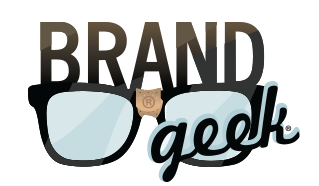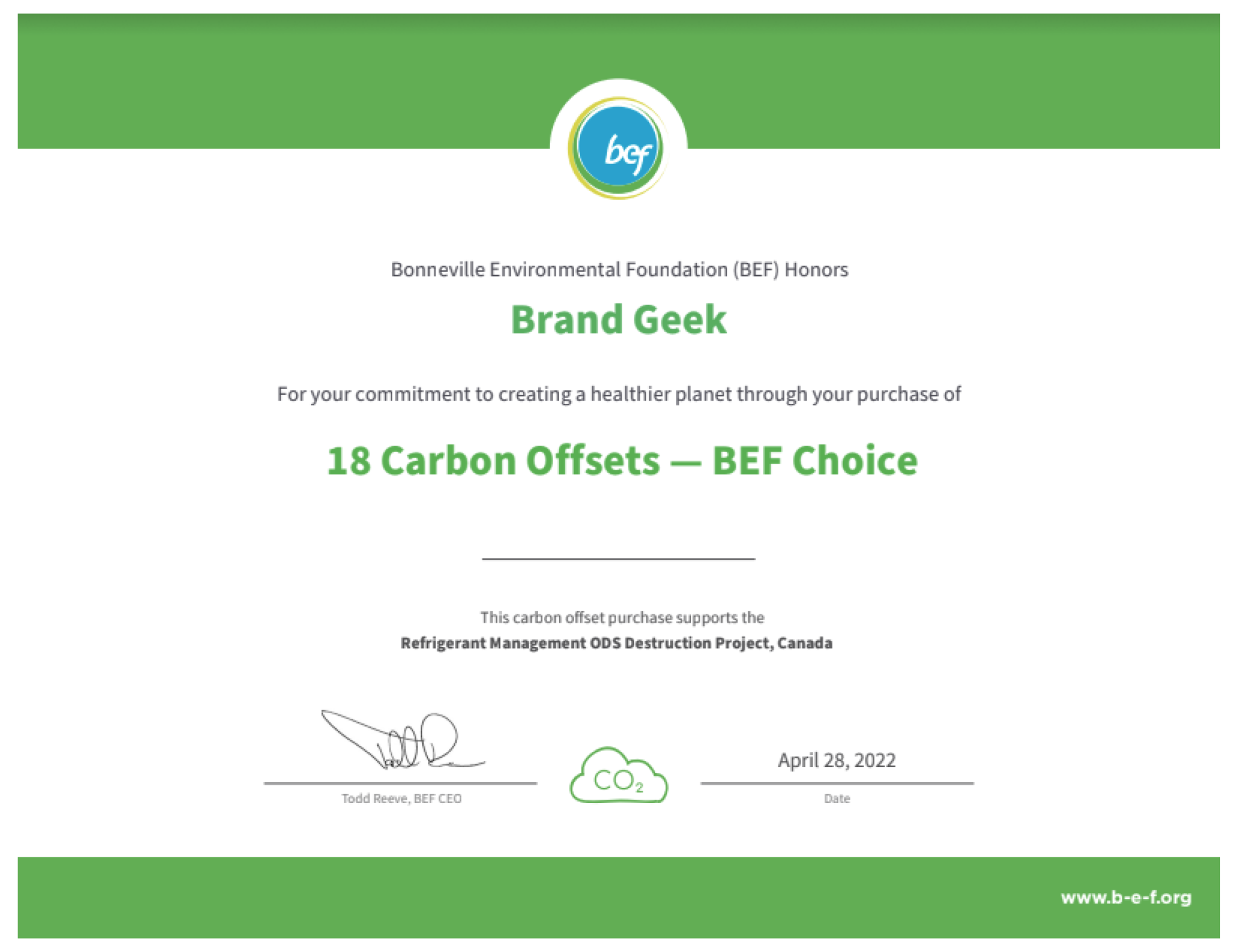Brandgeek proudly supports Mountain Area Preservation and is humbled to be…
OPhishal Inphringements?
I never saw the Grateful Dead perform live, but I’ve spent plenty of time on Shakedown Street at Phish shows and festivals like Bonnaroo. In fact, I just returned from a mini staycation on South Shore, where Phish performed a sold-out two night run before a crowd of 8,500 fans, affectionately known as Phish heads. As a music-loving trademark attorney and THE BrandGeek, I’m totally fascinated by the goods being sold on Shakedown St.
For example here’s Phish’s logo:  And here’s an image of an unauthorized t-shirt:
And here’s an image of an unauthorized t-shirt:
 Notice any similarities? The t-shirt vendor selling this shirt was one of the first “on the lot,” and a licensed street vendor actually came over and scolded him for vending without a permit. She admonished him for taking business away from “those operating legitimately” (meaning her, of course, as she was the one and only street vendor in the “craft fair” area). She left, threatening to call the cops, so I cautioned the lot vendor (who’s a friend of a friend) to put his wares away at least till the trouble with the other craft vendor subsided. When I explained to the t-shirt vendor the potential problems he could face: vending without a permit, as well as liability for copyright infringement and trademark infringement, a friend of his chimed in, “But I thought if you changed it more than 7% they cannot come after you.” My goodness! Where do people get such misinformation?
Notice any similarities? The t-shirt vendor selling this shirt was one of the first “on the lot,” and a licensed street vendor actually came over and scolded him for vending without a permit. She admonished him for taking business away from “those operating legitimately” (meaning her, of course, as she was the one and only street vendor in the “craft fair” area). She left, threatening to call the cops, so I cautioned the lot vendor (who’s a friend of a friend) to put his wares away at least till the trouble with the other craft vendor subsided. When I explained to the t-shirt vendor the potential problems he could face: vending without a permit, as well as liability for copyright infringement and trademark infringement, a friend of his chimed in, “But I thought if you changed it more than 7% they cannot come after you.” My goodness! Where do people get such misinformation?
Much to the vendor’s chagrin, I explained that there’s no such rule. Copyright infringement occurs when a copyrighted work (i.e., the Phish logo) is reproduced, distributed, publicly performed or displayed, or made into a derivative work without the permission of the copyright owner. In the case of the Tahoe t-shirt depicted above, I think it sure looks like a derivative work of the Phish logo. Since it is unauthorized, it is infringing. The logo also is one of the band’s brands, thus it also is protected under trademark law. Trademarks are most easily understood as brands (all brands are trademarks, though not all trademarks are brands). Trademarks serve to identify and distinguish products and services from each other. If consumers are likely to think that the Tahoe t-shirt either originated from Phish, or was authorized by Phish, then the t-shirt infringes Phish’s trademark as well as its copyright.
The above-pictured T wasn’t the only unauthorized merch being sold on Shakedown St. There was also this dude selling T’s:
 If you’re not familiar with Phish, then you may not know that this t-shirt bears the same print as that which is on the dress that’s constantly worn by Phish’s drummer, Jon Fishman. You could call the dress Fishman’s costume, similar to the outfits worn by KISS or the beards sported by ZZ Top. So, is the t-shirt infringing? I don’t think that is clear.
If you’re not familiar with Phish, then you may not know that this t-shirt bears the same print as that which is on the dress that’s constantly worn by Phish’s drummer, Jon Fishman. You could call the dress Fishman’s costume, similar to the outfits worn by KISS or the beards sported by ZZ Top. So, is the t-shirt infringing? I don’t think that is clear.
For one, is the design even creative enough to be protectable under copyright? The level of creativity required for a work to be protected under copyright is pretty low, but I am not so sure that pink circles on a purple background meets it. If not, then there’s no copyright to be infringed. Presuming that there is sufficient creativity in this design for copyright protection to inure, the next question would be who owns the copyright? Typically the author of a work is the copyright owner, so presuming that someone other than Fishman designed (authored) the dress, then that person is the copyright owner, not Phish/Fishman. That doesn’t make the shirt non-infringing, it just means the copyright owner likely is someone other than Phish. Even if it doesn’t own a copyright in this design, Phish could still own a trademark in it, provided that people associate the design with the band and believe that merchandise bearing the design comes from the band. Again, this one is not as clear cut as the Tahoe/Phish logo. What do you think? Is the design protectable under copyright and/or is it a trademark?
There was also a guy selling unofficial cups and insulated cup sleeves (often referred to as koozies, although KOOZIE happens to be a registered trademark belonging to Norwood Operating Company d/b/a/ Norwood Promotional Products (who knew?!)):

 Some of the cups and sleeves bore Phish’s antelope logo, while others listed Phish’s Summer tour dates along with a lyric from Phish’s song Chalkdust Torture: “Can’t this wait till I’m old? Can’t I live while I’m young?” The Antelope logo may not be subject to copyright protection if it came from a real street sign. Presuming though that it was designed by or on behalf of Phish, then it has the same copyright implications as the Tahoe T’s addressed above. The other cup sleeves, however, may not be infringing at all. They list only factual information (tour dates) which are not protectable under copyright or trademark law, and two lines from one song, which are also are not protectable absent proof of secondary meaning, more commonly understood as brand recognition. Secondary meaning in song titles or lyrics doesn’t happen magically on its own, but can result from the title or lyric being used as brand, like Jimmy Buffet’s Margaritaville, which is a retail store, restaurant and complete product line.
Some of the cups and sleeves bore Phish’s antelope logo, while others listed Phish’s Summer tour dates along with a lyric from Phish’s song Chalkdust Torture: “Can’t this wait till I’m old? Can’t I live while I’m young?” The Antelope logo may not be subject to copyright protection if it came from a real street sign. Presuming though that it was designed by or on behalf of Phish, then it has the same copyright implications as the Tahoe T’s addressed above. The other cup sleeves, however, may not be infringing at all. They list only factual information (tour dates) which are not protectable under copyright or trademark law, and two lines from one song, which are also are not protectable absent proof of secondary meaning, more commonly understood as brand recognition. Secondary meaning in song titles or lyrics doesn’t happen magically on its own, but can result from the title or lyric being used as brand, like Jimmy Buffet’s Margaritaville, which is a retail store, restaurant and complete product line.
In general, song titles are NOT protected under intellectual property law. Names, titles and short phrases are not protectable under copyright law, and the title of a single work is not protectable under trademark law, absent proof of secondary meaning (think — brand recognition). While whole songs are protectable under copyright law, a single line or two excerpted therefrom usually are not subject to copyright protection (NOTE — this is different from sound recordings, even small bits of which may be protectable under copyright law).
So, do “lot shirts” like these even violate IP laws . . .
Phish attempted to enforce its perceived rights in its song titles and excerpts from its lyrics back in March 2001, by filing a copyright and trademark infringement and dilution lawsuit against Sean Knight (aka Waldo) who was selling t-shirts like those shown above through a company called Knighthood Clothing. As with the T’s above, Knight’s T’s often combined (usually famous) third party logos with song titles, like Glide in the TIDE laundry detergent logo or the words Bouncin’ Round the Room in the Bounce fabric softener logo:

Phish initially sued Knight in California, but the case was transferred to Vermont because the California court lacked personal jurisdiction over the defendants. The Vermont court then ruled against Phish on its motion for preliminary injunction on all issues save defendant’s use of the Phish logo, which defendants claim to have ceased before the motion was filed. The court held that as to Phish’s song titles and lyrics, the band,” . . . provided insufficient evidence that [it] is entitled to protection under trademark law because those titles and lyrics have acquired a ‘secondary meaning.'” The court concluded, “[a]t this time the court is unable to conclude that any of the songs or lyrics at issue have acquired secondary meaning in the public mind sufficient to automatically signal [Phish] as the source of [Waldo’s] goods.” The court also found that the fact that the shirts were sold in the lot as opposed to on site at the venue served to minimize the likelihood of confusion, as did the fact that the shirts combined Phish lyrics and song titles with other brand’s logos. Regarding Phish’s copyright claim, the court held that defendants provided sufficient evidence that their T-shirts are parodies. Parody is protectable under the fair use doctrine under copyright law. Phish’s lawsuit against Knight subsequently was dismissed after the parties reached a settlement in January, 2002.
Even still Phish may have no trademark or copyright claims over “lot shirts,” unless it can prove that its song titles and/or lyrics have acquired distinctiveness (secondary meaning). Since Phish took a nearly five year hiatus from the fall of 2004 until the Spring of 2009, my bet is that it still would have a very hard time enforcing rights in song titles or lyrics used in the lot shirts. That said, what about the brands whose logos are used in the lot shirts? The shirts probably are non-infringing under trademark law since no one is going to believe that the brand owners offered or authorized the shirts. Trademark dilution (which applies only to famous marks) is more likely a viable cause of action, especially dilution by blurring, whereby a third party’s use of an identical or similar mark reduces the distinctiveness or uniqueness of the trademark owner’s mark.
But, so what? Does it really harm Unilever if some lot kids sell Harry Hood shirts stylized like the Ben & Jerry’s logo? Does Hershey’s give a hoot if some hippie chic sells 50 T’s that depict Reba in the Reese’s logo? Or does this, like one vendor told me, “increase awareness of the songs and the brands?” After all, I have to admit, I found myself craving chocolate and peanut butter as I sauntered away from Shakedown Street and headed to the show.
 Generally speaking, bands haven’t any IP rights in song titles or excerpts from their lyrics, unless they can prove that such terms function as brands. Brand owners have the right to prevent others from competing with them under identical or similar marks, and owners of famous brands can prevent all other uses of their brands.
Generally speaking, bands haven’t any IP rights in song titles or excerpts from their lyrics, unless they can prove that such terms function as brands. Brand owners have the right to prevent others from competing with them under identical or similar marks, and owners of famous brands can prevent all other uses of their brands.












[…] that combine Phish song titles and/or lyrics with popular brand logos, like those I wrote about here. These shirts are known as “lot shirts,” cause they’re sold in the parking lots […]
Your article on Waldo and Firestone and your previous article on shakedown street merch at Tahoe have been linked on an article on the Phish.net blog.
http://phi.sh/b/4e5002b0
Phish.net is the unofficial Phish fan website. Phish.net has collected information about Phish’s music and performances continuously since 1994 and was the basis of the category leading books on Phish performances, The Phish Companion.
Thanks! I hope you found the posts entertaining and informative and that they add value to Phishnet. Thanks for reading!
Thank you Lara for posting this blog entry. As a graphic designer, I’ve always found these sorts of “lot shirts” to be very intriguing. I enjoy the creativity of applying a common brand logo to something else, like a favorite song.
That being said, I have wondered if any of these were infringing on any copyrights or trademarks.
Thanks again for the detailed explanation. That was interesting.
Thanks, Chad! I’m glad I could shine a light on some things. I hope you also enjoyed the my 08/19/2011 Phish Phans Beware post and the discussion in those comments, which to me is even better than post, cause it presents differing points of view. I hope you continue to enjoy my posts and please tell your friends about BrandGeek! YouTube videos coming this fall.